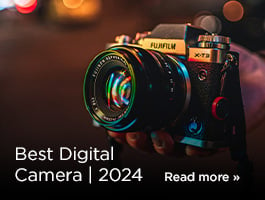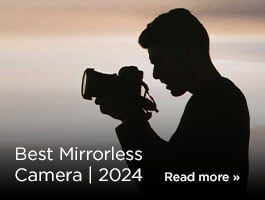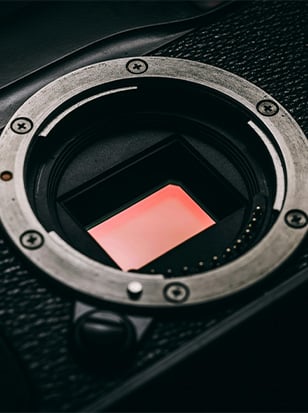
It’s a Fairphone 4. Just to get that bit of suspense dealt with. Fairphones, for those who don’t know, are Android smartphones built around the principle of ethical and sustainable manufacture, with minimal environmental impact. I feel better about owning one than I did about owning my previous smartphone, a Samsung. Though this piece isn’t about to turn into a lecture, don’t worry — like all of us, I own plenty of electronics that have not been manufactured to such high standards.
I switched to a Fairphone about two years ago and there are a lot of things about it that I like. I like that all the parts are swappable and replaceable. I like that it was relatively affordable on a decent contract. I like that it’s tough and sturdy without needing a case, and I like that it survived the time I accidentally put it in the washing machine. The camera, however, quite simply sucks.

Jon Stapley's Fairphone 4
Its colours are muted and drab. It’s dire in low light and can’t handle backlight. The software has a simply wonderful tic where if you navigate away from the Camera app too quickly after taking a picture, it doesn’t save it. The focusing is flighty and unreliable, though the lenses at times seem so soft that it’s hard to tell whether something’s in focus at all (maybe that has something to do with the washing machine, now I think about it).
I basically never use the phone’s camera for anything other than shopping lists — and that’s precisely why I will never change it. This phone’s bad camera has made sure that I will always carry one of my real cameras — film or digital — with me everywhere I go, because if I think there’s even the slightest chance that I might want to capture something, I can guarantee that I will never have the thought, “Well, I could just bring my phone.”
I used to have that thought when I owned the Samsung, because the pictures were fine in a good-enough-for-Instagram kind of way. They were punchy and vivid with highly saturated colours, the way basically all pictures are from flagship phones, since that’s an easy way to make pictures look impactful.
Just to be clear, I’m not saying that it’s impossible to take great, artistic images with a smartphone. Lots of people do! I think the difference is about intentionality — people who take great pictures with a phone tend to have chosen a phone as their medium of choice, rather than defaulting to it because it was the nearest thing to hand and their proper camera was in the cupboard upstairs.
Whether it’s a day with my niece, a walk in the city or a holiday to Barcelona, I will now always think carefully about the best tool for the job. For digital convenience, it’s my Fujifilm X-T20. For quality and expression, it’s the Pentax ME Super with a 50mm F1.2 lens. For something to slip into a bag or pocket, it’s one of my beloved film compacts, perhaps the Olympus XA2, or the Praktica AF-800D.
In every case, I end up with much better images as a result — and my phone stays in my pocket where it belongs. Hopefully I’ll remember to take it out before laundry day.
About the Author
Jon Stapley is a London-based freelance writer and journalist who covers photography, art and technology. When not writing about cameras, Jon is a keen photographer who captures the world using his Olympus XA2. His creativity extends to works of fiction and other creative writing, all of which can be found on his website www.jonstapley.com












